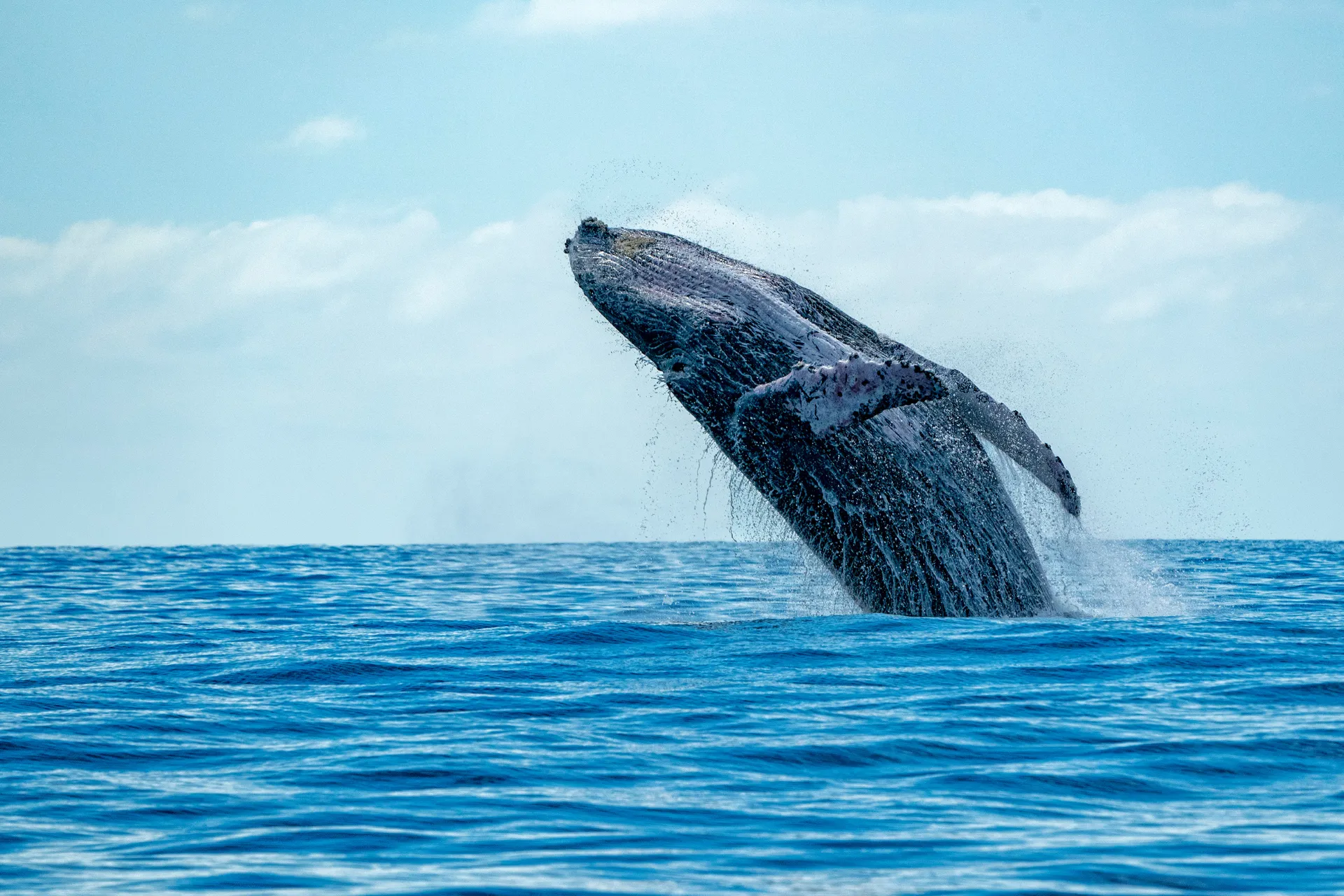
Whale Watching in Sri Lanka
Situated just above the equator, the island paradise of Sri Lanka serves as a splendid stage for one of nature's most impressive spectacles - whale watching. With its favorable geographical position and monsoon patterns, the island has become a hub for these oceanic giants, hosting a variety of species, including the magnificent blue whales, sperm whales, and several other types of whales.
With two distinct whale watching seasons, visitors get the chance to witness these majestic creatures almost year-round.
Whether it's in the breathtaking seascape of Mirissa, the tranquil waters of Trincomalee, or amidst the charming beauty of Kalpitiya, whale watching in Sri Lanka is an unforgettable experience, perfectly capturing this thrilling wildlife experience.
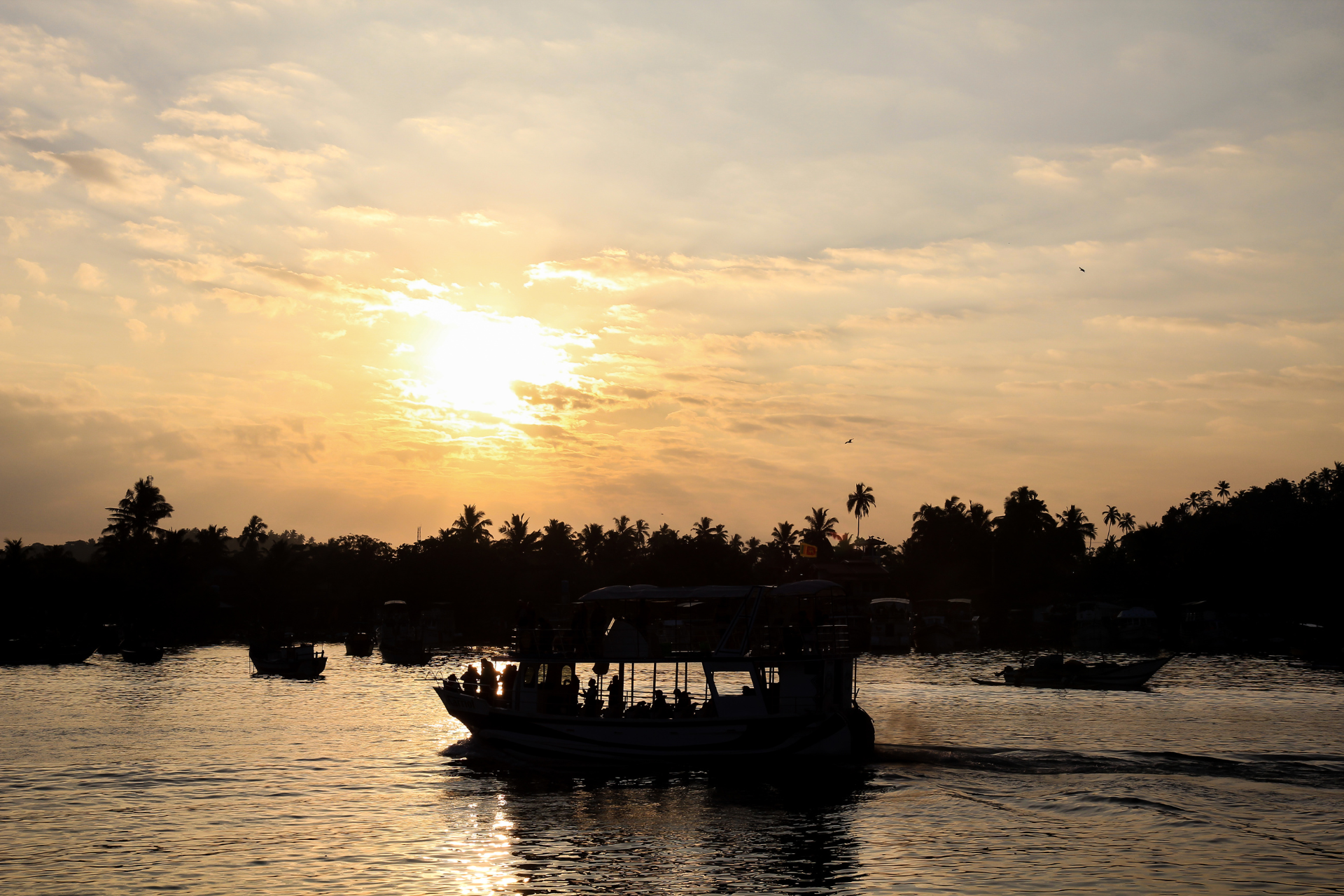
Whale Watching in Sri Lanka: When and Where to Go
In the tropical paradise of Sri Lanka, the chance to observe the magnificent dance of whales in their natural habitat is not just limited to a specific time or place. Sri Lanka's ideal location and coastal areas give the opportunity to see these majestic creatures almost year-round. Here are the most common locations and their peak times.
Mirissa
Mirissa is the most famous whale watching destination in Sri Lanka. The peak whale watching season here is from November to April.
Trincomalee
This North-Eastern gem is an excellent location for whale watching from May to October.
Kalpitiya
Situated on the North-West coast, Kalpitiya offers excellent whale watching opportunities from November to April.
Whale Watching in Mirissa
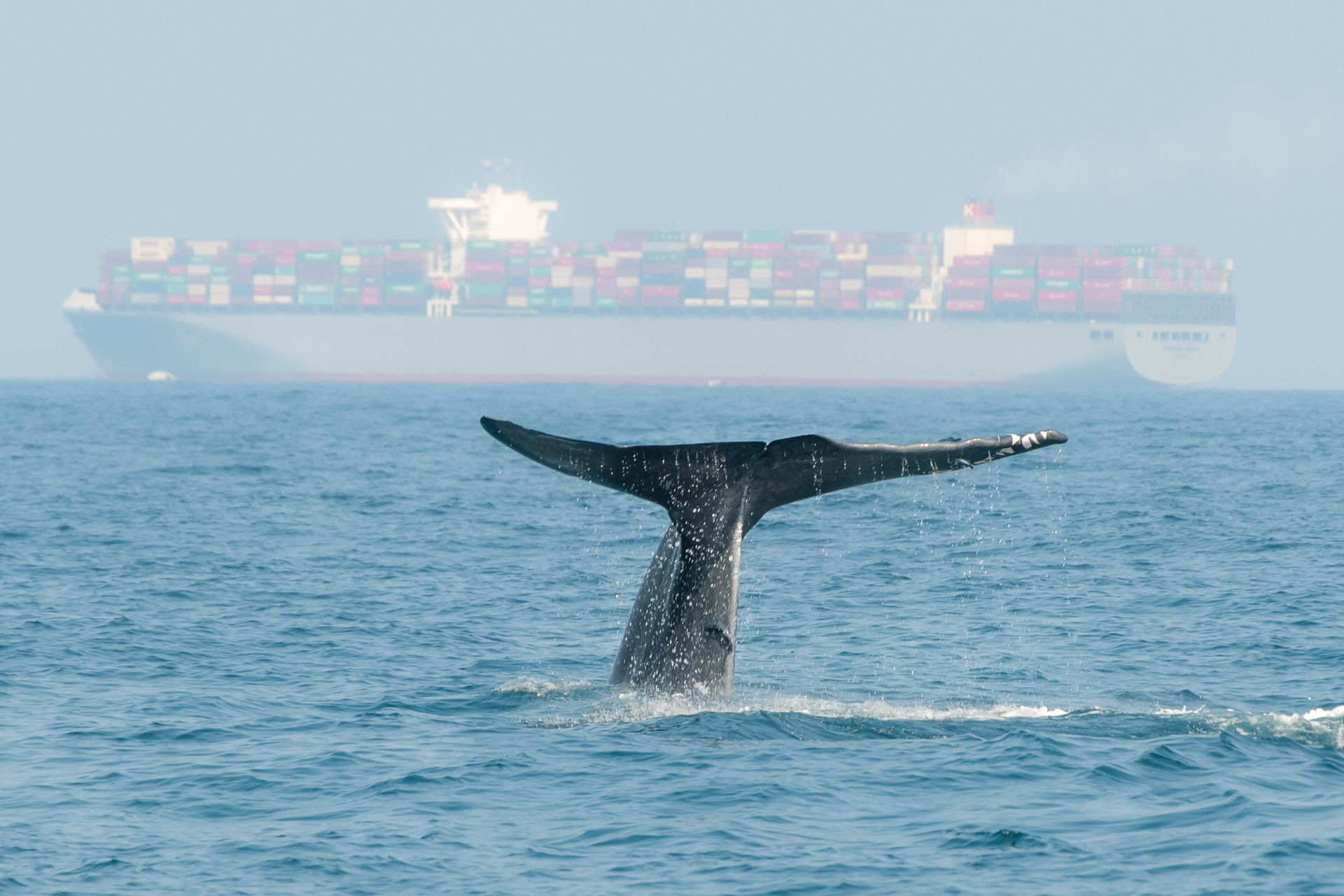
The Experience
The whale watching experience in Mirissa is both enchanting and adrenaline-filled. Setting off at dawn, you'll embark on a journey into the endless expanse of the Indian Ocean. Experienced guides will take you to spots where these magnificent creatures are likely to be seen. The sight of a gigantic blue whale rising from the water and splashing its tail fin against the surface is a truly unforgettable sight. You can witness these gentle giants swimming in pairs or groups in their natural habitat. The serene environment, the cool sea breeze, the salty spray, and the gentle sounds of whales add to this surreal experience.
Types of Whales and Other Marine Life
Blue whales are the primary attraction in Mirissa, making regular appearances that will leave you in awe. Another frequent visitor to the waters near Mirissa is the Sperm whale. In addition to these beautiful giants, you may come across Bryde's whales and short-finned pilot whales. If you are lucky, you might even spot the elusive Orcas, also known as killer whales. Other than whales, you might also see playful dolphins, sea turtles, and whale sharks.
Best Times to Visit
The peak season for whale watching in Mirissa is from November to April. Early morning trips offer the highest chances of sightings, making it worth the dawn wake-up call.
Additional Information
Getting to Mirissa is quite straightforward, with regular bus and train services from Colombo. When selecting a tour operator, ensure they practice responsible whale watching, respecting these majestic creatures and their habitat. After your whale watching adventure, don't miss the beautiful beach and delicious local cuisine that Mirissa offers. Find out more on our article about the top things to do in Mirissa.
Whale Watching in Trincomalee
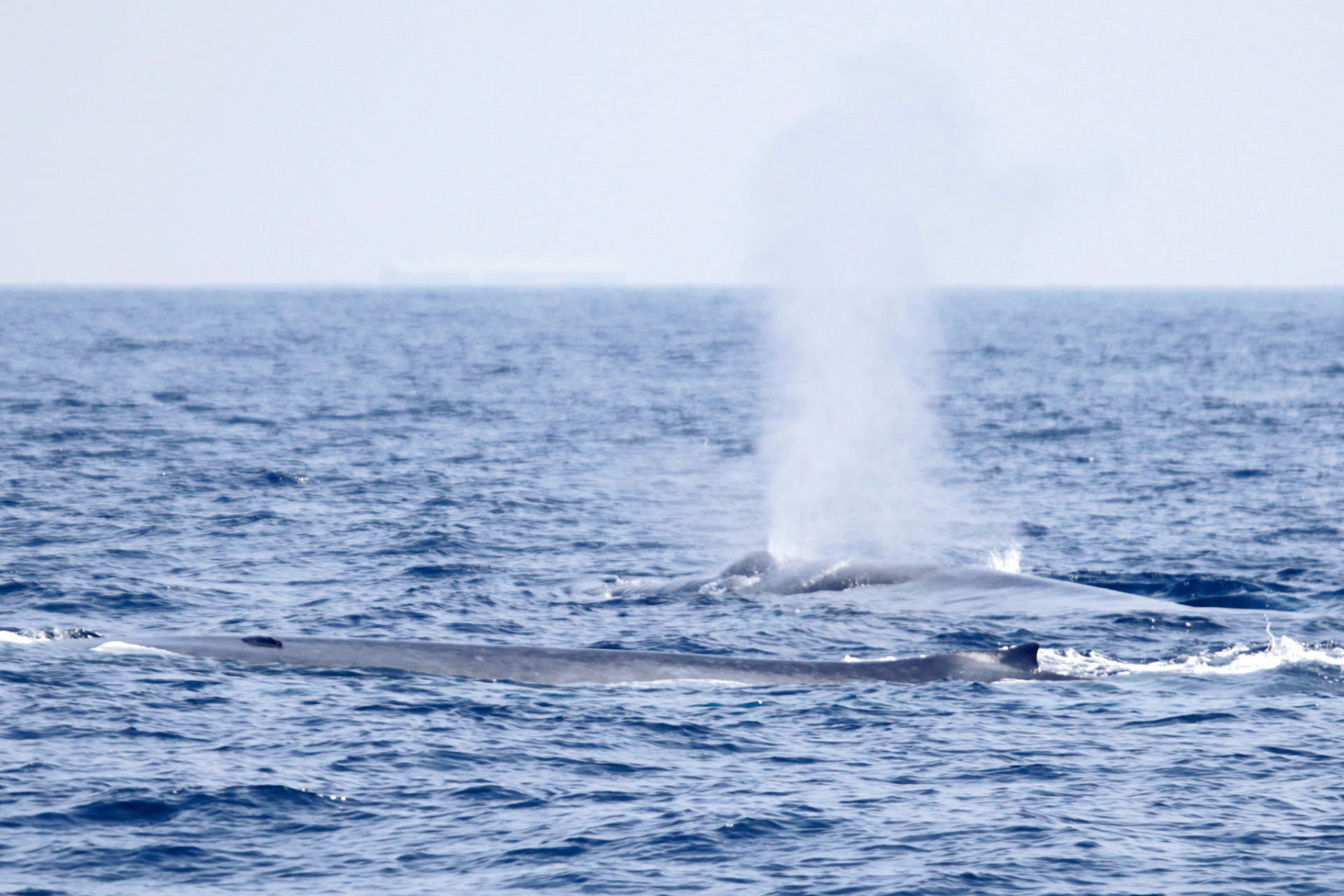
The Experience
Trincomalee offers an unparalleled whale watching experience. In the tranquil waters of Trincomalee, the sight of a blue whale or a sperm whale breaching the water's surface and making a massive splash will take your breath away. Tourists are often fascinated by the playful antics of sperm whales, known to wave their tail flukes when diving. It is a truly captivating experience to witness these magnificent creatures, surrounded by the clear blue waters near Trincomalee.
Types of Whales and Other Marine Life
Blue whales and sperm whales dominate the whale population in Trincomalee. The blue whales are seen quite frequently, displaying their grandeur and elegance. Sperm whales, identifiable by their square-shaped heads and iconic blow, are also regular visitors. These are the largest toothed whales, famous for their deep diving abilities. Orcas or killer whales also make a surprise appearance from time to time, adding an element of luck and thrill to the whole experience.
Best Times to Visit
Whale watching in Trincomalee peaks from May to October. Like in Mirissa, early morning is the best time to head out to sea.
Additional Information
Getting to Trincomalee is accessible via bus, train, or even a domestic flight. Make sure to pick a tour operator committed to responsible whale watching. In your downtime, enjoy Trincomalee's pristine beaches, historical sites, and delicious seafood.
Whale and Dolphin Watching in Kalpitiya
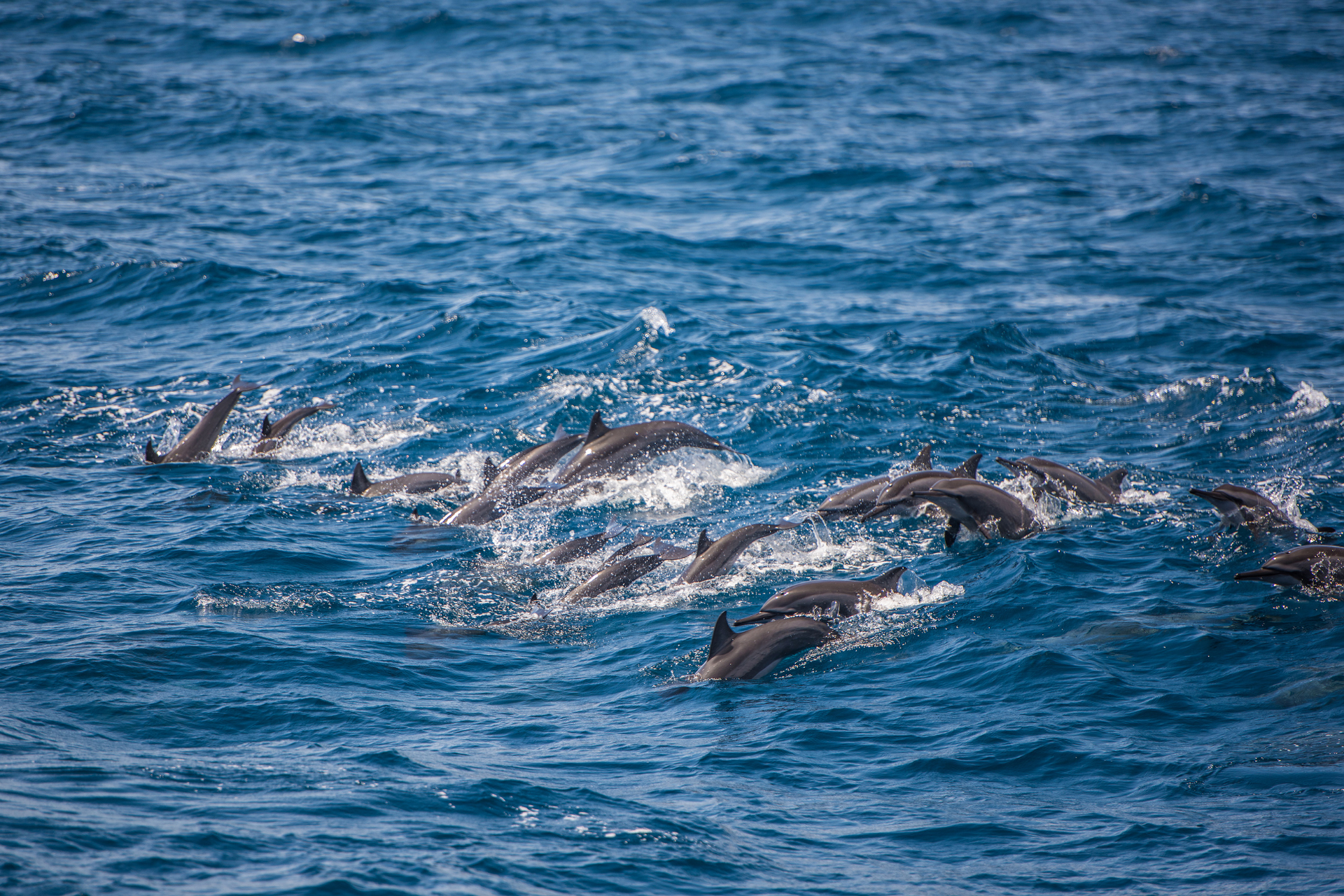
The Experience
Kalpitiya offers a unique whale watching experience, with the additional thrill of spotting large pods of dolphins. Setting sail in the calm, early morning sea, you get to enjoy the serene beauty of the ocean and the refreshing sea breeze. While the sight of a sperm whale breaching or tail-slapping the water is in itself awe-inspiring, the true magic of Kalpitiya lies in its dolphin population. Dolphins often put on an acrobatic display, jumping and spinning out of the water, much to the delight of spectators.
Types of Whales and Other Marine Life
While blue whales are less common in Kalpitiya, you can regularly spot sperm whales in these waters. Additionally, Kalpitiya is especially renowned for its dolphin watching. Spinner dolphins, who get their name because of their acrobatic spins and leaps, can often be seen in large pods. You will also get to see Bottlenose dolphins, Risso's dolphins, and Humpback dolphins. This spectacle of dolphins playfully maneuvering through the waters is a unique experience that sets Kalpitiya apart from other whale watching destinations.
Best Times to Visit
The whale watching season in Kalpitiya runs from November to April, while dolphin watching is best from December to April.
Additional Information
Getting to Kalpitiya is easiest by road from Colombo. As always, opt for a tour operator who follows sustainable practices. Besides its marine life, Kalpitiya is also known for its stunning lagoons and is also one of the best places in Asia for kitesurfing. Find out more on our article about Kalpitiya.
Facts about the Whales and Dolphins around Sri Lanka
Blue Whales
The largest animals to ever exist, these majestic giants can reach lengths of up to 100 feet and weigh up to 200 tons. Their long, slender bodies can be various shades of bluish-grey dorsally and somewhat lighter underneath. They feed almost exclusively on krill and consume up to four tons of this tiny shrimp-like animal in a single day!
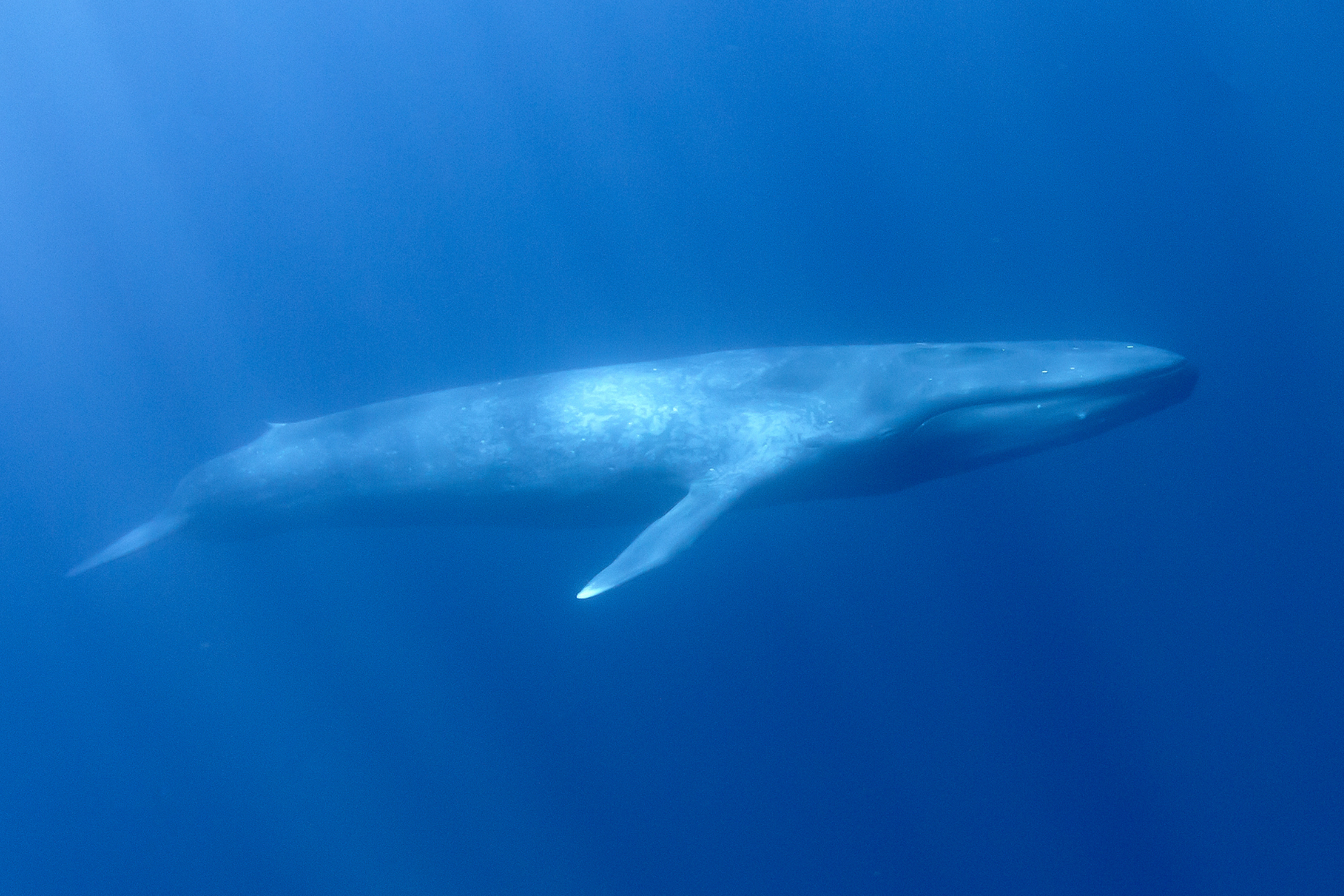
Sperm Whales
Sperm whales are the largest toothed whales. They are easily recognized by their square-shaped heads and narrow lower jaws. They can dive as deep as 2 kilometers. Sperm whales are also known for their complex social structures and have the largest brain of any animal ever to exist.
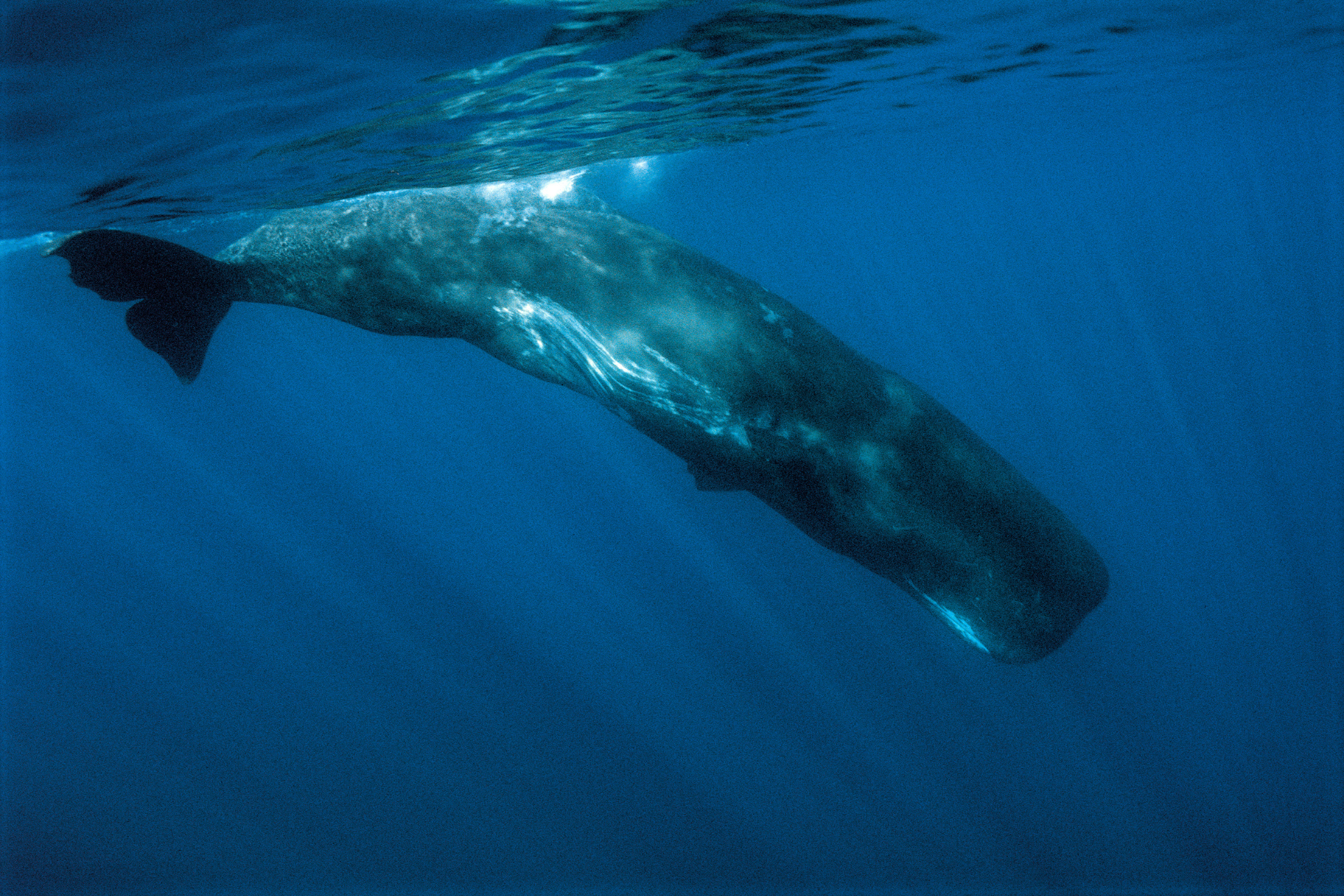
Orcas
Although known as killer "whales," orcas belong to the dolphin family. They are one of the world's most powerful predators. They're recognizable by their distinctive black-and-white coloring and dorsal fin, which can reach up to 6 feet in height in males.
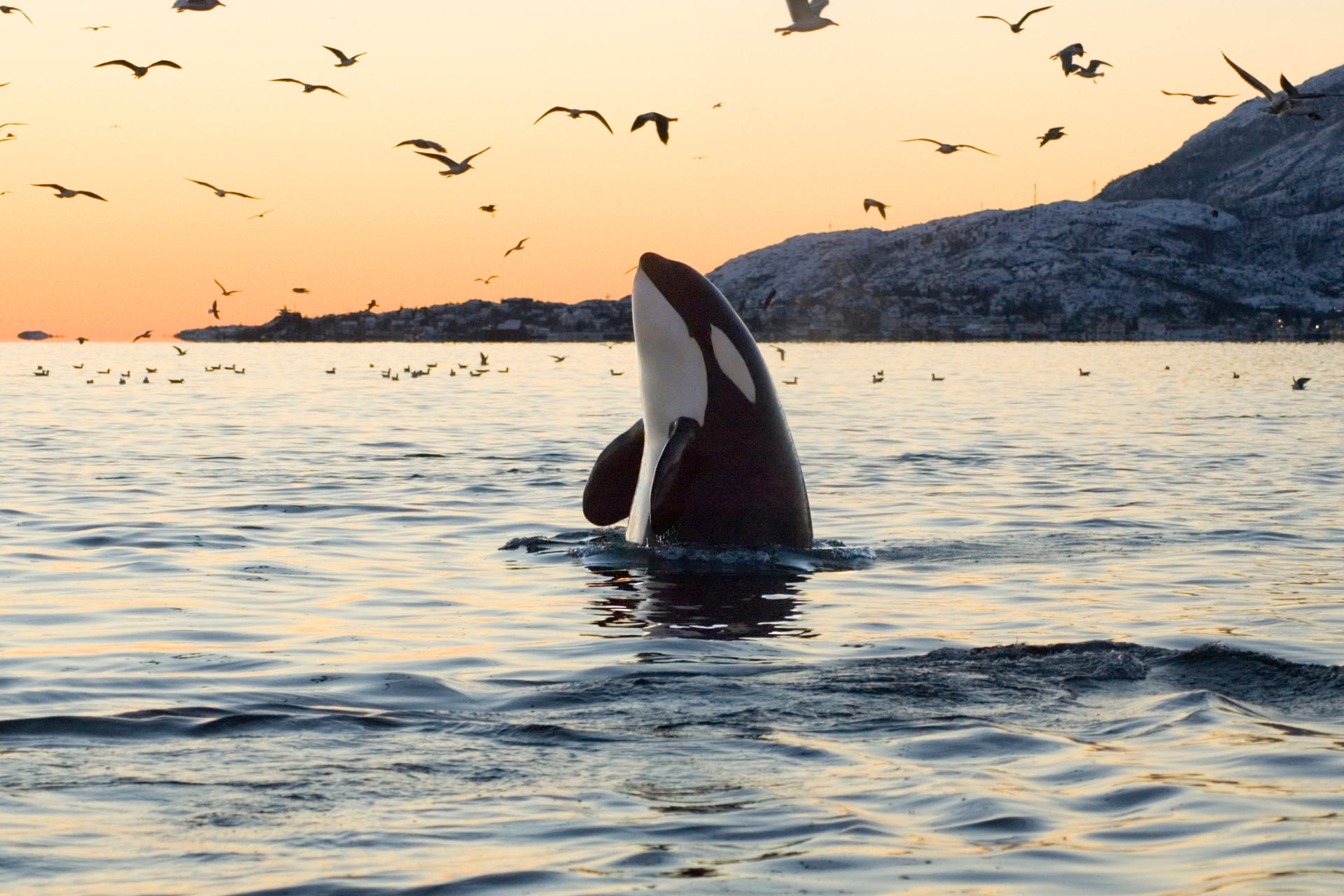
Dolphins
Several species of dolphins inhabit the waters around Sri Lanka, including spinner dolphins and bottlenose dolphins. Dolphins are known for their acrobatic behaviors, very high intelligence, and playful nature. They communicate with one another through a combination of clicks, whistles, and body movements.
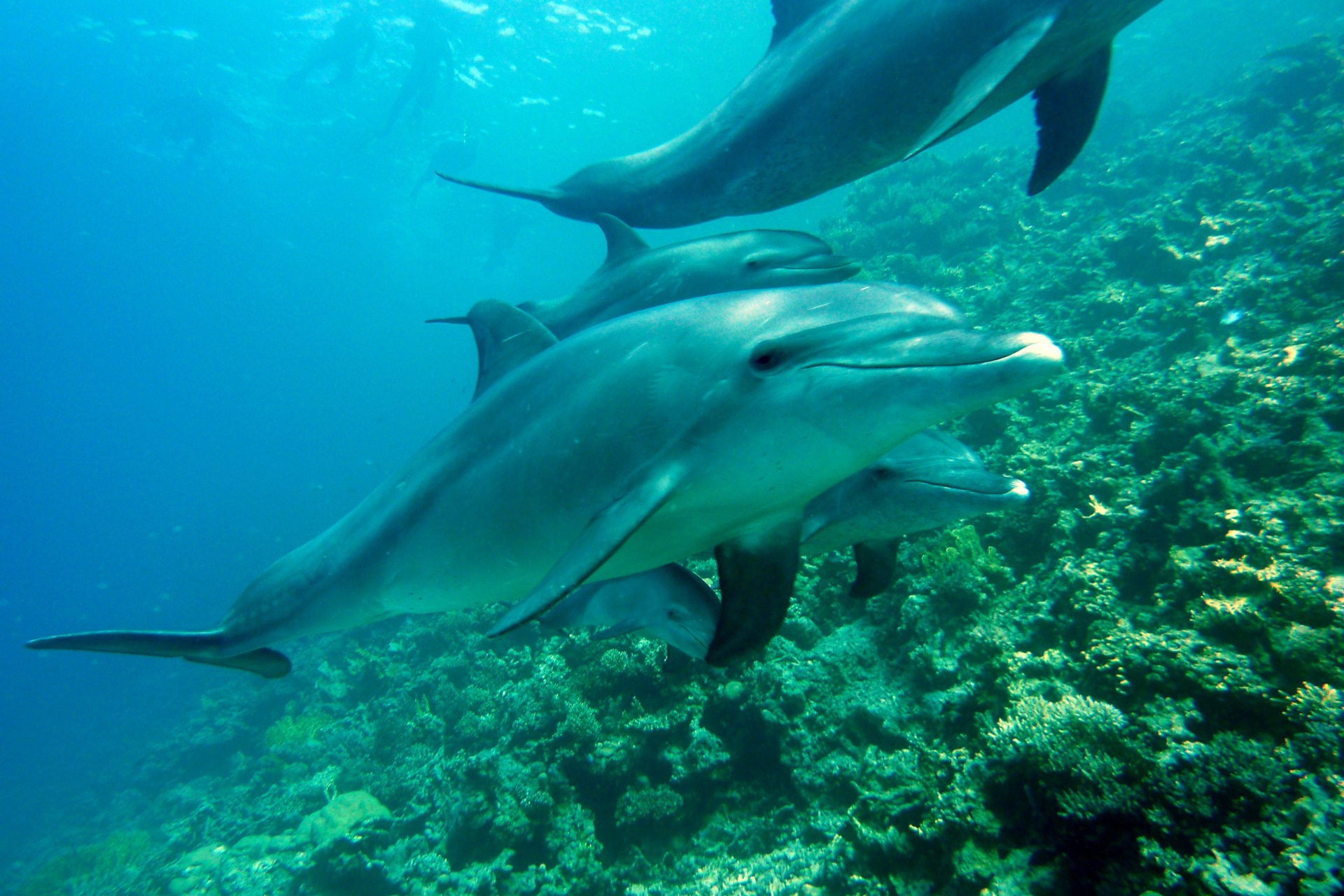
Bryde's Whales
Bryde's whales are baleen whales that prefer warmer waters. They're recognized by their sleek, dark bodies with a lighter underside and three prominent ridges on their heads.
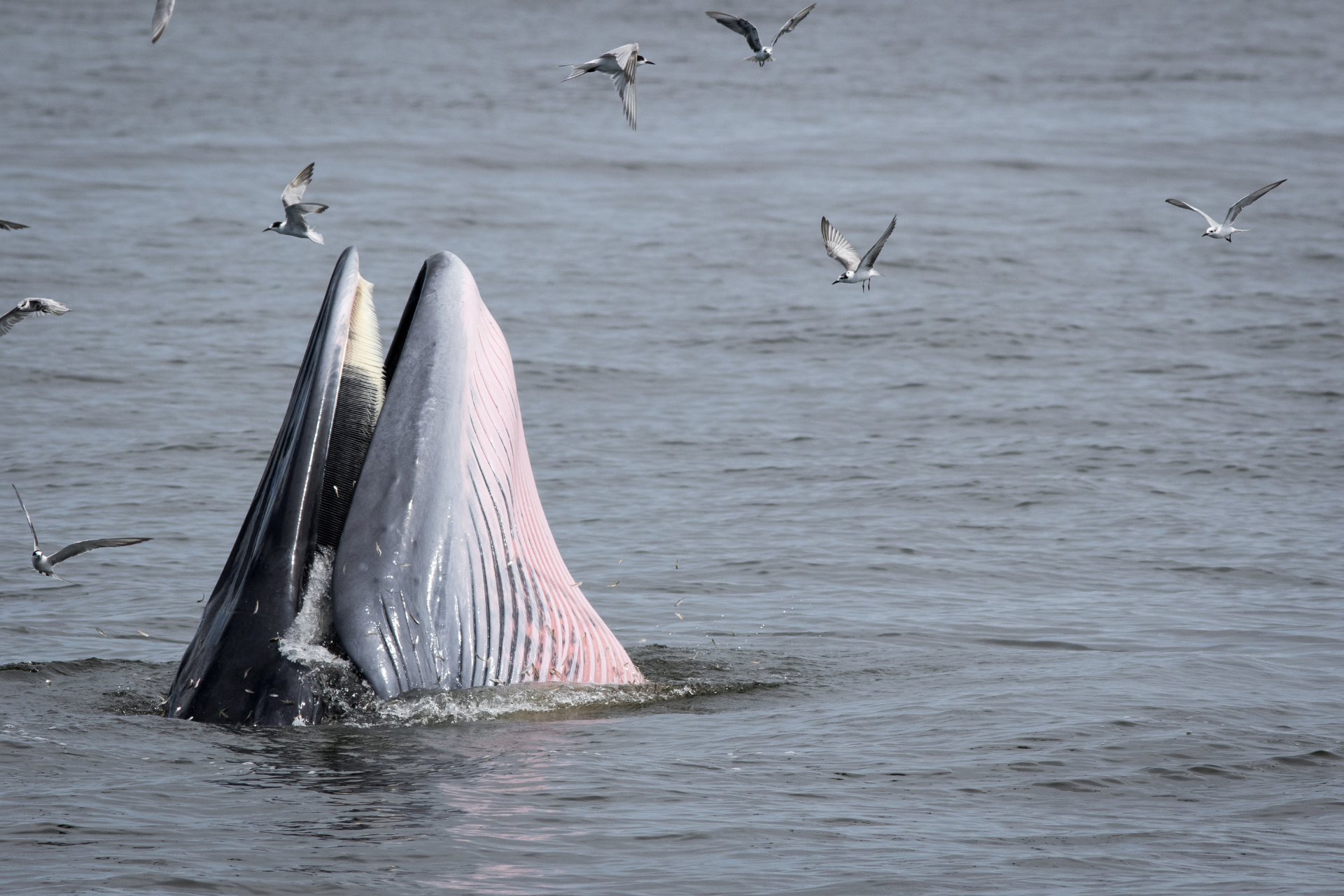
Short-Finned Pilot Whales
These whales are actually large dolphins. They're known for their bulbous foreheads and can be recognized by their short, stubby dorsal fins. They are also social creatures, usually found in pods.
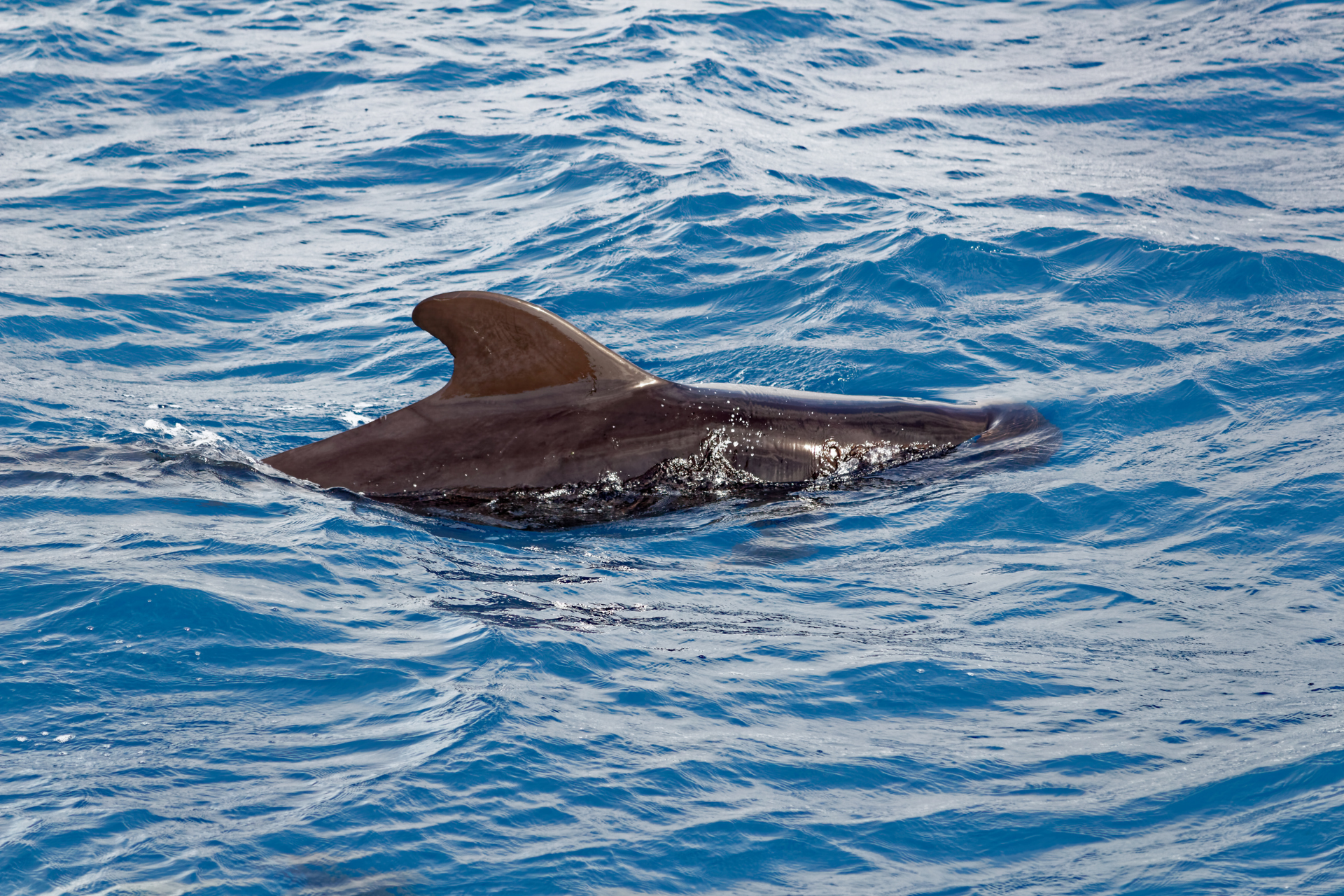
Responsible Whale Watching
Whale watching in Sri Lanka is regulated by official guidelines prioritizing tourist safety and the well-being of the whales and dolphins. Only licensed tour operators who follow these rules are permitted to conduct these tours, and all vessels must have a licensed guide on board. To ensure these regulations are followed, the Sri Lanka Coast Guards, a law enforcement agency under the Ministry of Defence, oversees the whale and dolphin watching activities. This careful monitoring makes sure that boat operators, crew members, and tourists alike respect and protect these magnificent marine creatures.
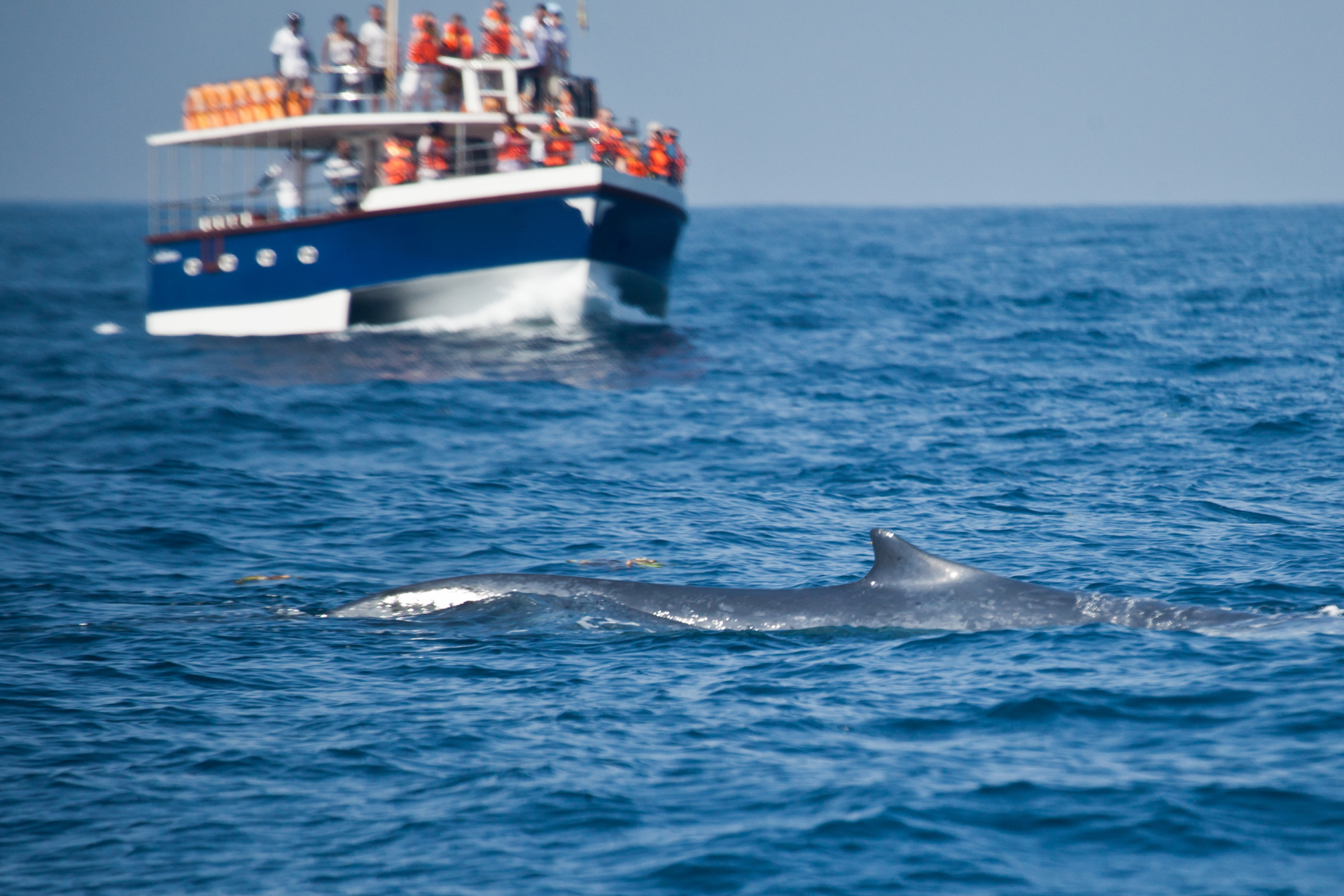
What to Bring
Prepare for your whale watching tour with essentials like a hat, sunscreen, a camera, binoculars, and seasickness pills if needed. Make sure to bring a jacket as it could get a bit chilly out at sea in the early morning.
Tips for Whale Watching
Patience is key when it comes to whale watching. Listen carefully to your guide, keep quiet to avoid disturbing the whales, and most importantly, enjoy the experience. The sighting of a whale is an unforgettable moment, so be present and take it all in.
- Patience is important: Whale watching is a game of patience. These are wild creatures following their own schedule and patterns. There may be hours of waiting before you catch a glimpse of these majestic creatures, but the wait will definitely be worth it.
- Listen to Your Guide: Guides are experienced professionals who understand whale behavior and know the best spots for sightings. Their advice can be invaluable, so pay close attention to their instructions and safety briefings.
- Respect the Environment: Finally, remember that you're a guest in the whales' natural habitat. Follow the guidelines to minimize your impact on the environment.
- Minimize noise: While on the boat, it's important to maintain a quiet environment to avoid disturbing the whales. Loud noises can frighten these creatures and cause them to change their behavior.
- Enjoy the Moment: Amidst all the excitement, don't forget to simply enjoy the experience. There's more to a whale watching trip than just spotting whales. The serenity of the open sea, the smell of the ocean, the feeling of the breeze, and the company of fellow enthusiasts all contribute to making this an unforgettable adventure.
- Be Present: With the prevalence of smartphones and cameras, it's easy to get caught up in capturing the perfect shot. While photographs are a great way to remember the moment, they shouldn't come at the expense of the experience itself. Remember, seeing a whale breaching the surface of the water is an awe-inspiring spectacle, best enjoyed with your own eyes.
Whale watching in Sri Lanka is a remarkable experience that combines the thrill of wildlife with stunning natural beauty. Whether in Mirissa, Trincomalee, or Kalpitiya, the sight of a massive whale breaching the surface is truly awe-inspiring. Enjoy your whale watching adventure, and remember to respect these beautiful creatures as you venture into their world.
